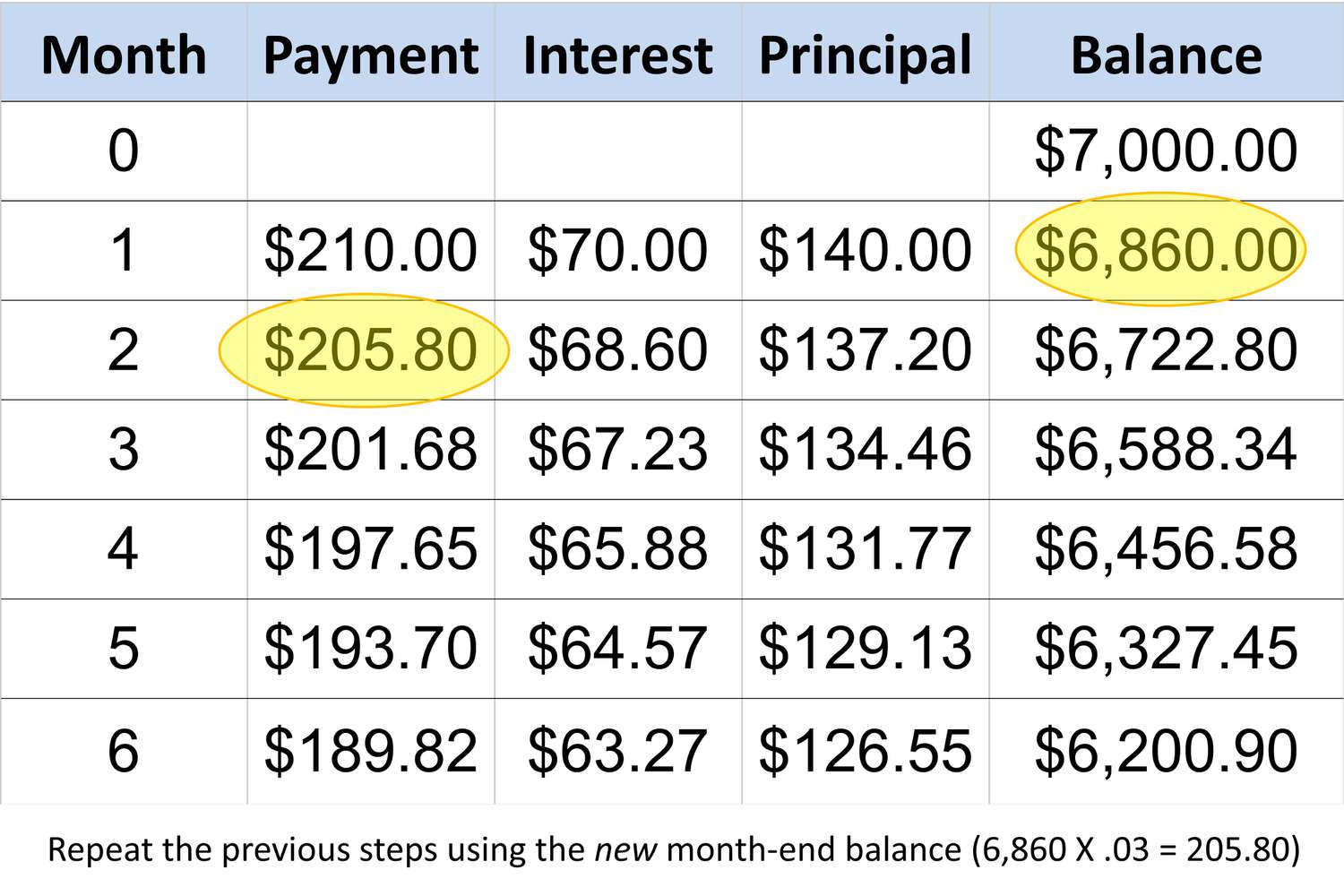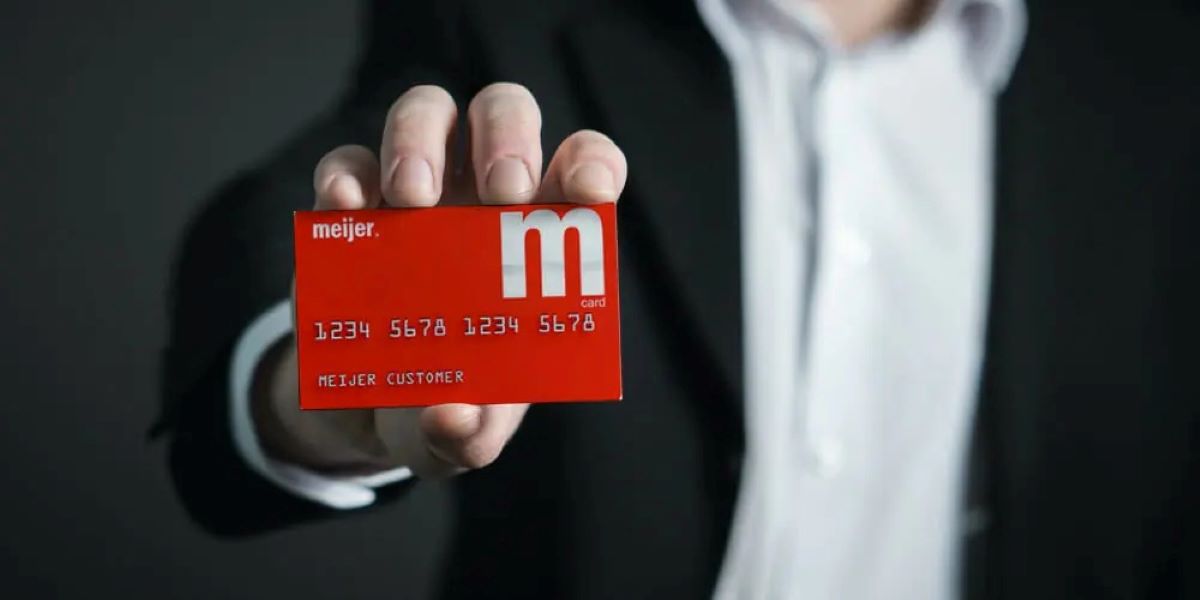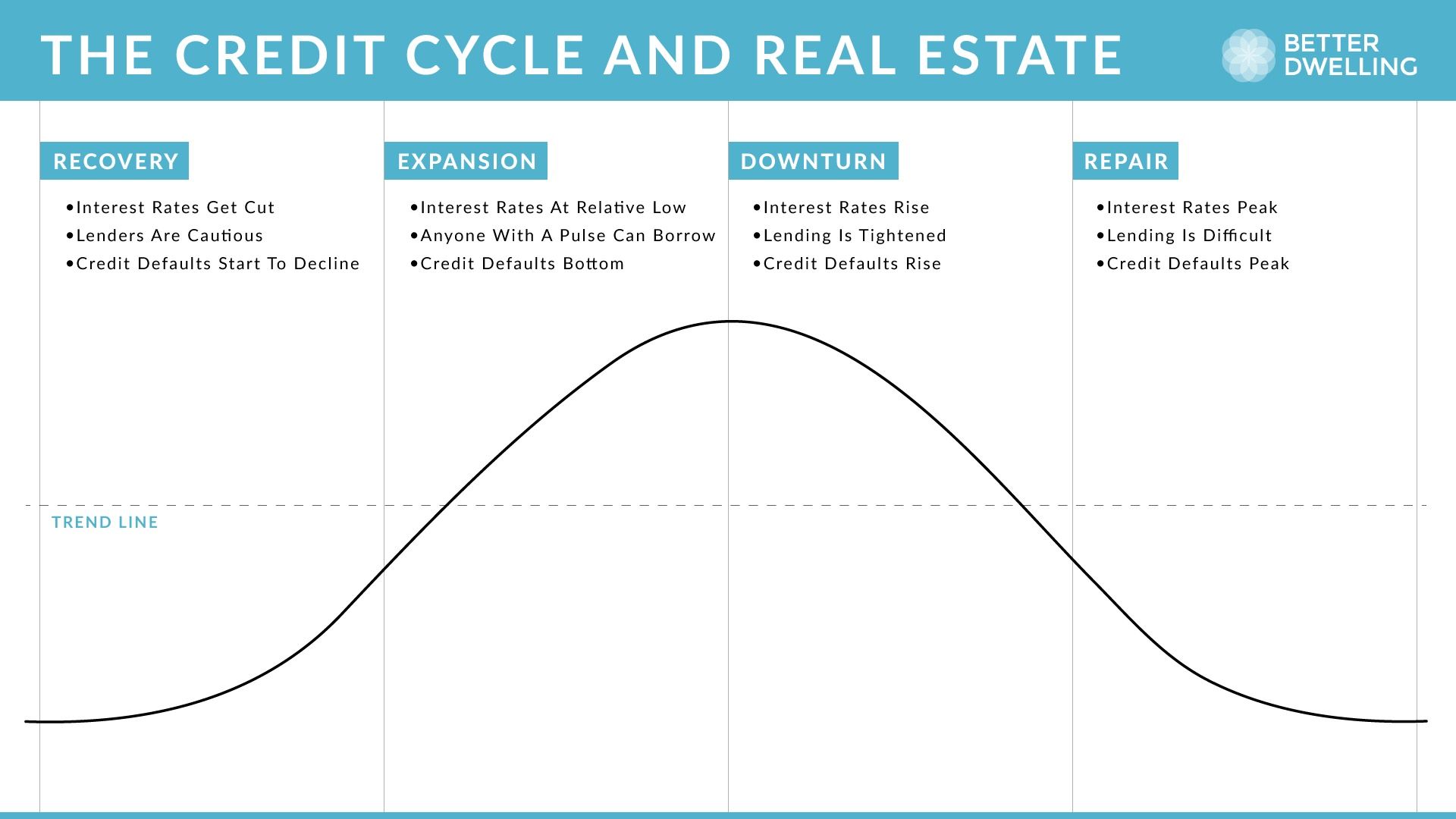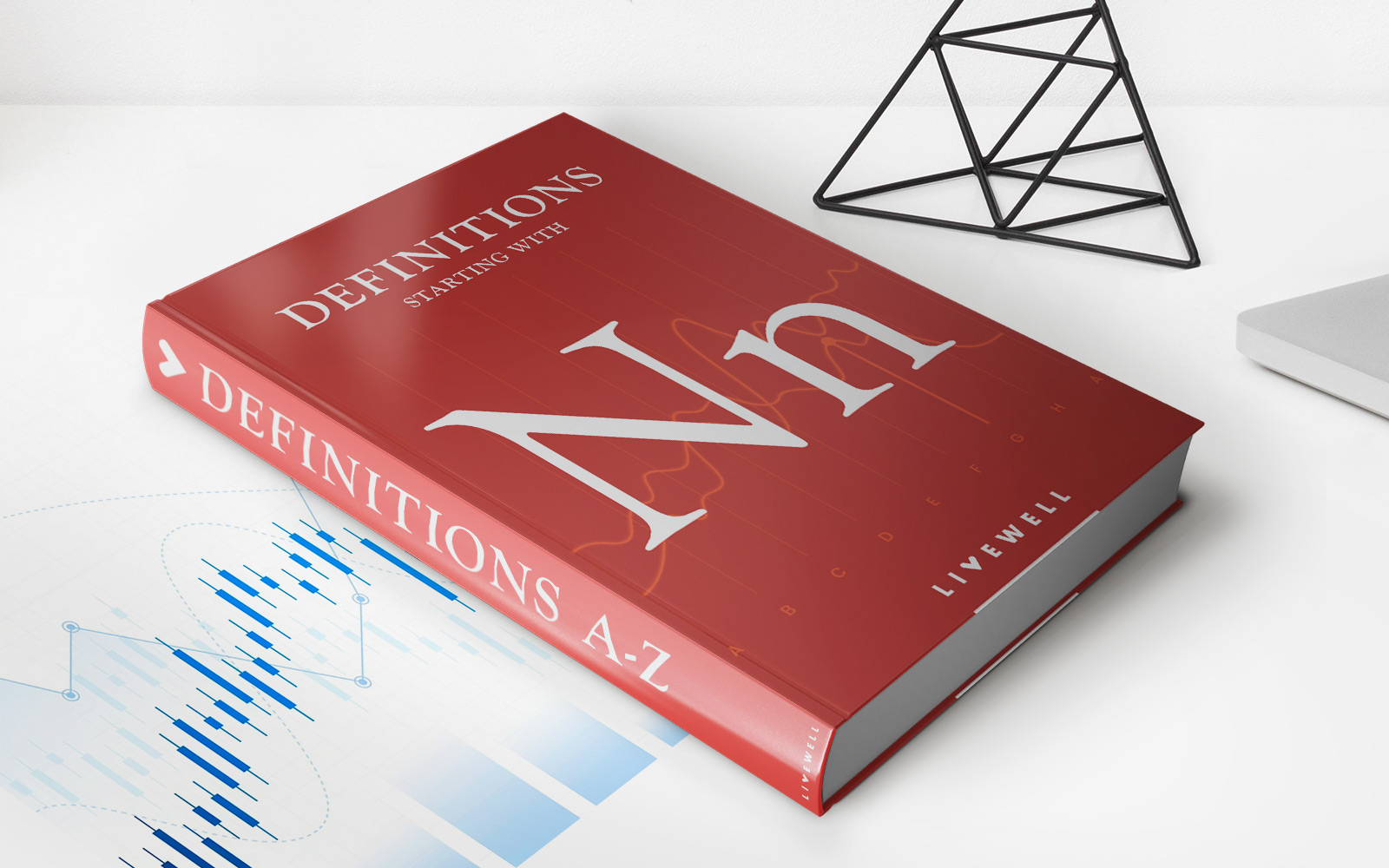Home>Finance>What Is The Minimum Payment On A Walmart Credit Card


Finance
What Is The Minimum Payment On A Walmart Credit Card
Published: February 26, 2024
Learn about the minimum payment for a Walmart credit card and manage your finances wisely. Find out how to handle your credit card payments effectively.
(Many of the links in this article redirect to a specific reviewed product. Your purchase of these products through affiliate links helps to generate commission for LiveWell, at no extra cost. Learn more)
Table of Contents
**
Introduction
**
If you're a Walmart credit cardholder, understanding the concept of the minimum payment is crucial for managing your finances effectively. The minimum payment on a Walmart credit card is the smallest amount you are required to pay each month to keep your account in good standing. While it may seem like a convenient option to pay only the minimum, it's essential to comprehend the implications of doing so. In this article, we'll delve into the significance of the minimum payment, the factors that influence it, and the potential consequences of making only the minimum payment each month. Additionally, we'll provide valuable tips for effectively managing your Walmart credit card minimum payment to maintain financial stability and make the most of your credit card benefits.
Understanding the minimum payment on your Walmart credit card is an essential aspect of responsible financial management. By gaining insights into this fundamental concept, you can make informed decisions regarding your credit card payments and avoid potential pitfalls associated with paying only the minimum amount each month. Let's explore the intricacies of the minimum payment and its implications to empower you with the knowledge needed to navigate your Walmart credit card obligations effectively.
**
Understanding the Minimum Payment
**
When you receive your monthly statement for your Walmart credit card, you’ll notice a section detailing the minimum payment required. This amount is typically calculated as a percentage of your outstanding balance, subject to a minimum fixed sum. It’s important to recognize that the minimum payment serves as the baseline amount you must pay each month to avoid late fees and maintain your account in good standing. While it may seem like a manageable option to pay only the minimum, it’s essential to understand the implications of doing so.
Paying only the minimum amount can lead to accruing substantial interest on the remaining balance, ultimately prolonging the time it takes to pay off the debt. This is due to the fact that the remaining balance continues to accumulate interest, resulting in a higher overall cost. Therefore, comprehending the significance of the minimum payment goes beyond meeting the basic requirement; it involves recognizing its impact on your overall financial well-being.
By understanding the minimum payment, you can make informed decisions about your credit card payments, effectively manage your outstanding balance, and work towards minimizing interest expenses. Recognizing the role of the minimum payment empowers you to take control of your financial obligations and work towards maintaining a healthy credit card account.
**
Factors Affecting the Minimum Payment
**
Several factors influence the calculation of the minimum payment on your Walmart credit card. Understanding these factors is essential for gaining insights into the dynamics of your credit card obligations and making informed financial decisions.
1. Outstanding Balance: The minimum payment is often calculated as a percentage of your outstanding balance. Therefore, the higher your balance, the greater the minimum payment required. It’s important to be mindful of your spending and strive to maintain a balance that aligns with your financial capacity to ensure manageable minimum payments.
2. Interest Rate: The interest rate on your credit card significantly impacts the minimum payment. A higher interest rate leads to an increase in the minimum payment, as a larger portion of your payment goes towards covering the interest charges. Being aware of your card’s interest rate allows you to anticipate the minimum payment and strategize your repayment approach accordingly.
3. Fixed Minimum Amount: In addition to being calculated as a percentage of the outstanding balance, the minimum payment often includes a fixed minimum amount. This ensures that even if your outstanding balance is relatively low, you are still required to pay a predetermined minimum sum each month.
4. Late Fees and Penalties: If you’ve incurred late fees or penalties on previous payments, these charges can affect the minimum payment for subsequent months. It’s important to address any outstanding fees promptly to avoid further escalation of the minimum payment amount.
5. Credit Utilization: Your credit utilization ratio, which represents the amount of credit you’re using relative to your total available credit, can impact the minimum payment. High credit utilization may lead to a higher minimum payment, emphasizing the significance of managing your credit utilization to maintain manageable minimum payments.
By understanding these factors, you can gain clarity on the components that contribute to the calculation of your minimum payment. This awareness enables you to approach your credit card payments strategically, manage your finances effectively, and work towards maintaining a healthy credit card account.
**
Consequences of Making Only the Minimum Payment
**
Opting to make only the minimum payment on your Walmart credit card can have significant implications that extend beyond the immediate monthly obligation. It’s crucial to comprehend the long-term consequences of this approach to empower yourself with the knowledge needed to make informed financial decisions.
1. Accrued Interest: One of the primary consequences of making only the minimum payment is the accrual of substantial interest on the remaining balance. By carrying forward a significant portion of the balance each month, you are subject to ongoing interest charges, leading to a higher overall cost of the debt. This can significantly prolong the time it takes to pay off the balance and result in a considerable amount paid in interest over time.
2. Extended Repayment Period: By paying only the minimum amount, you extend the repayment period for your outstanding balance. This means that you’ll be carrying the debt for a longer duration, potentially impacting your financial flexibility and overall debt management strategy.
3. Credit Score Impact: Consistently making only the minimum payment can negatively impact your credit score. Credit utilization, which is the ratio of your credit card balances to your credit limits, is a crucial factor in credit scoring. High credit utilization resulting from carrying a significant balance can lower your credit score, affecting your ability to access favorable credit terms in the future.
4. Financial Strain: While paying only the minimum may offer temporary relief, it can lead to financial strain in the long run. The accumulation of interest and prolonged debt repayment can impede your ability to achieve financial goals and may result in increased stress related to your financial obligations.
By recognizing these consequences, you can make informed decisions regarding your credit card payments and strive to avoid the potential pitfalls associated with making only the minimum payment each month. Understanding the long-term implications empowers you to take proactive steps to manage your credit card balance effectively and work towards financial stability.
**
Tips for Managing Your Walmart Credit Card Minimum Payment
**
Effectively managing your Walmart credit card minimum payment is essential for maintaining financial stability and optimizing your credit card usage. By implementing strategic approaches to handle your minimum payments, you can navigate your credit card obligations with confidence and mitigate potential challenges.
1. Pay More Than the Minimum: Whenever possible, strive to pay more than the minimum amount due. By allocating additional funds towards your credit card payments, you can expedite the reduction of your outstanding balance and minimize interest expenses. This proactive approach can help you work towards financial freedom and reduce the long-term cost of your debt.
2. Create a Repayment Plan: Develop a structured repayment plan that aligns with your financial capabilities. Consider setting specific goals for paying down your credit card balance and allocate a realistic amount towards your monthly payments. By adhering to a well-defined plan, you can make steady progress in reducing your debt and managing your minimum payments effectively.
3. Monitor Your Spending: Be mindful of your spending habits and strive to maintain a balance that is manageable within your financial means. Responsible spending can contribute to a more sustainable credit card balance, leading to more manageable minimum payments and enhanced financial well-being.
4. Address Outstanding Fees Promptly: If you’ve incurred late fees or penalties, address them promptly to prevent them from contributing to an increase in your minimum payment. Timely resolution of outstanding fees can help you maintain control over your minimum payment amount and avoid unnecessary financial strain.
5. Understand Your Interest Rate: Familiarize yourself with the interest rate on your Walmart credit card and consider its impact on your minimum payment. By understanding the interest charges associated with your balance, you can make informed decisions about managing your minimum payments and overall credit card usage.
By incorporating these tips into your approach to managing your Walmart credit card minimum payment, you can proactively navigate your credit card obligations and work towards financial empowerment. Strategic financial management can contribute to a more favorable credit card experience and support your broader financial goals.














